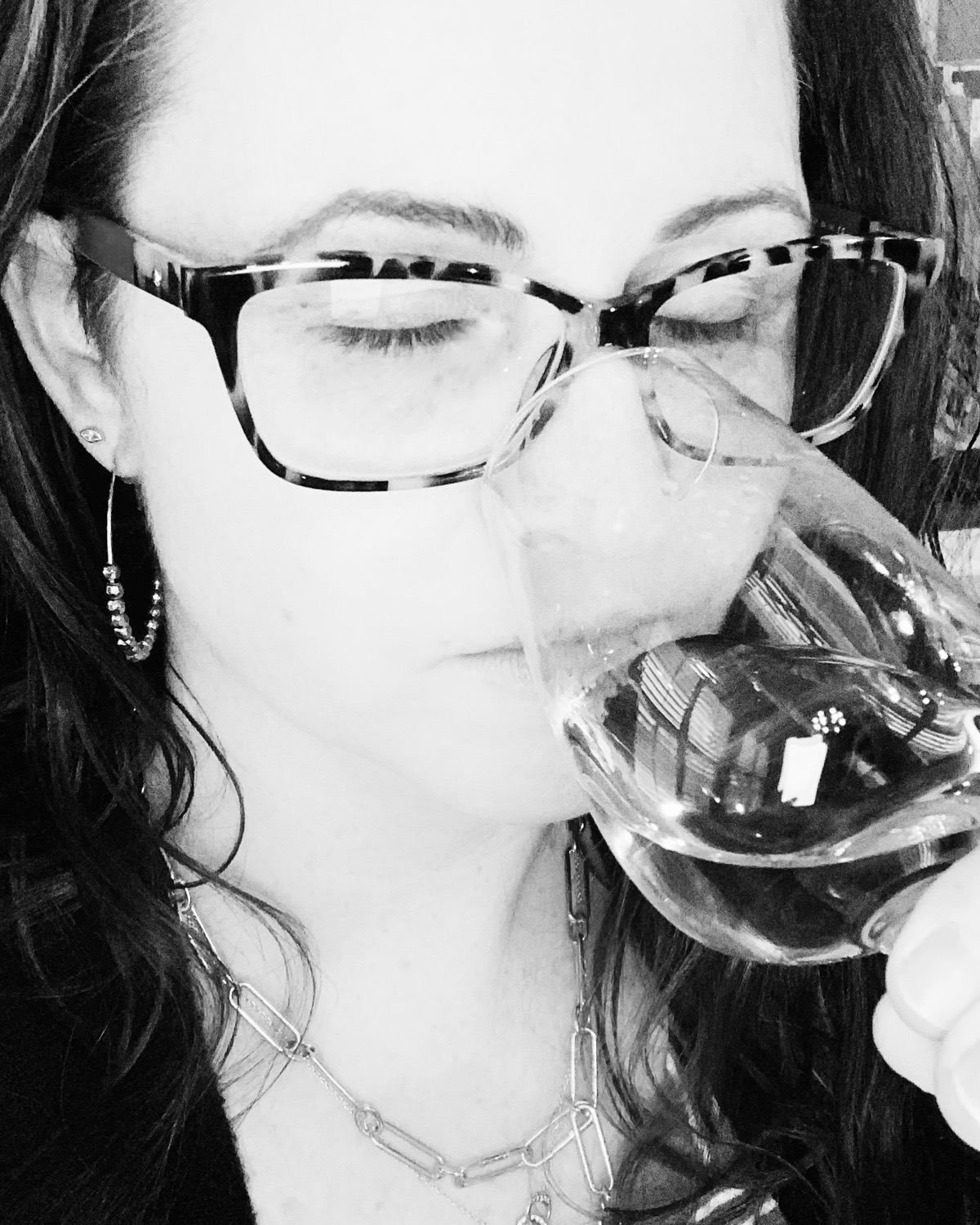What's up with wine aging?
- Darbi Invergo

- Oct 17, 2023
- 3 min read

One of the most frequent questions asked about wine is whether to drink it now or age it. While it is true that most wine should NOT be aged, the ones that are meant to be a little older when consumed are often kept a while in the producer's cellar before release. This is to ensure that the wine has had enough time to come together appropriately. In this sense, these wines are similar to simmering a red sauce slowly all day as opposed throwing the ingredients into a pot, rushing it to boil then serving right away. I mean, that works... I guess... but it's much, much better when the different flavors meld together.
Wines that are suitable for aging are typically made from the best grapes from the harvest. The grapes must produce a wine with sufficient levels of tannin (red wines), acidity and/ or alcohol to hold up, but more importantly the wine flavors have to improve and be able to develop more interesting characteristics when older. If not, then there is a chance that the wine simply becomes dull, uninteresting, and even gross. For the most part, premium wines are the only ones that are suitable for long term aging and the more economical wines are for immediate consumption.

Wine aging can take place in many different types of vessels: wood (typically oak), concrete, clay, stainless steel and glass bottles.
Oak aging can be performed in barrels of various sizes in order to change the amount of surface area that has contact with the wood itself as well as the small amount of oxygen that creeps in through the staves. This can really change the character of the wine by adding flavors of vanilla, spices, butterscotch, toast, smoke, etc. Additionally, the wood may come from many different sources including French Oak, American Oak, Slavonian Oak from Croatia as well as various other locations such as Austria and Germany even. Each type of oak imparts different flavors to the finished wine. Rarely other wood can be used such as cherry, acacia or chestnut.
Lastly considering the oak aging, the number of times the barrel or cask have been used in the past can really make the most dramatic of the differences. Newer oak barrels contribute much more flavor and aroma while older ones do much less and are primarily used for the micro-oxygenation that takes place.
Concrete, particularly egg shaped vessels are making a comeback. Concrete, like oak, is a porous material so the wine can get small doses of oxygen to evolve and age. This exposure to minimal levels of oxygen helps the wine age gradually and improve the overall mouthfeel, without overpowering the fruit. Although, some concrete vessels are lined by epoxy to keep the wines from being exposed to oxygen, similar to stainless steel. However, unlike either oak barrels or stainless steel tanks, the concrete vessels maintain cooler temperatures naturally which is better for wine aging and doesn't require electricity as in the steel tanks, nor a cold cellar as in the oak barrels.
The clay amphora is considered the oldest winemaking vessel in the world, dating back to Georgia ~6000-8,000 years ago. Their use is being revived today as this technique allows for slow micro-oxygenation, naturally-controlled temperatures, pure expression of the fruit and softening of the acidity – or, if fired at a very high temperature, preservation of acidity. At the winery where these pictures were obtained, they use four types of amphora in various densities, shapes and sizes. Again, each is slightly different in makeup allowing for different degrees of oxygen contact and flavor profile. The most fascinating aspect is that while wine “sits” in the egg shaped amphora, it is constantly moving around inside the vessel, thus stirring itself.

There are other types of vessels such as stainless steel tanks which are considered inert, like the epoxy lined cement tanks, that do not provide any significant flavor or textural components to the wine. Wines are not typically "aged" in the steel tanks but rather "stored" there for later bottling and blending.
Lastly, wine can be kept cellared in the bottle for many years before release. Again, this is to allow the flavors of the wine to fully come together. This is especially true if there was a blend of wines from different grapes, vintages or vineyards that weren't mixed until after the grape juice was fully fermented.
So CHEERS and thanks for sticking with me 'til the end here. I know it was getting a little tedious with the geekery, but I've been traveling to some incredible wine regions and touring some fantastic cellars so I thought I had better do something with these pictures. There will be more to come so stay tuned for more of the Winery Tour Series.


































Commentaires